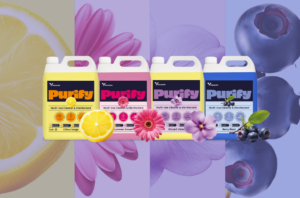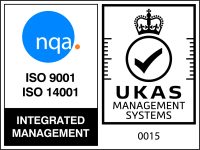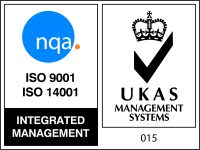Long used for insulation and soundproofing purposes, melamine has more latterly been gaining popularity within the professional cleaning sector. While it may look very similar to a conventional sponge, melamine’s physical structure means that it offers hygiene professionals a unique range of benefits when it comes to removing scuffs, scratches and scrapes across a wide variety of surfaces without stripping away a desired finish.
Utilising Open-Cell Technology for Efficient Stain Removal
Though they do resemble cellulose sponges, melamine sponges (also called magic sponges) get their noted cleaning power from their open-cell technology. This means that these cells — once exposed to liquid — can actively absorb a substance. As the World Health Organisation (WHO) notes, melamine itself is a chemical compound that has a huge array of uses.
Most cleaning professionals will be familiar with melamine in a foamy, sponge format. Colloquially, melamine sponges are often referred to as “magic eraser” sponges and are produced by a number of manufacturers. Explaining their growing popularity within the professional cleaning sector. As a medium for cleaning, melamine, as European Cleaning Journal explains, releases particles that essentially work to remove deeply ingrained dirt from a variety of surfaces.
Where and How Can Melamine Sponges be Used?
Melamine sponges — and, if cleaning floors, melamine floor pads — are suited to a wide range of surfaces. CleanLink notes that melamine can be used on multiple floor surfaces while Contracting Profits magazine clarifies that these kinds of sponges can successfully remove marks from, “…shallow grouted tile, synthetic wood floors, concrete, VCT, terrazzo, or epoxy…” without dulling the finish of a floor or a surface. The former outlet also adds that melamine sponges are a good option for high-traffic environments and spaces. As a cleaning material, melamine is used to produce both handheld-style sponges and larger floor pads. The latter, of course, can be attached to a floor polishing machine.
The Benefits of Melamine Sponges
Melamine sponges are an excellent option for those who are looking to reduce their environmental impact. There are, however, some disadvantages to the use of melamine. Compared to a conventional sponge, they are not suitable for use on more delicate surfaces and fabrics, as noted here. Finally, melamine sponges are known to degrade. Before undertaking any cleaning with a melamine sponge, cleaning professionals should assess whether melamine is suitable for their given task.
Melamine itself is, of course, not a miracle material. But these sponges do, however, offer a method of cleaning that can be used across a wide variety of surfaces, a boon that makes melamine an attractive option to hygiene professionals seeking to do their job efficiently and effectively.
Recommended Products
Buy melamine sponges by clicking the link below.








